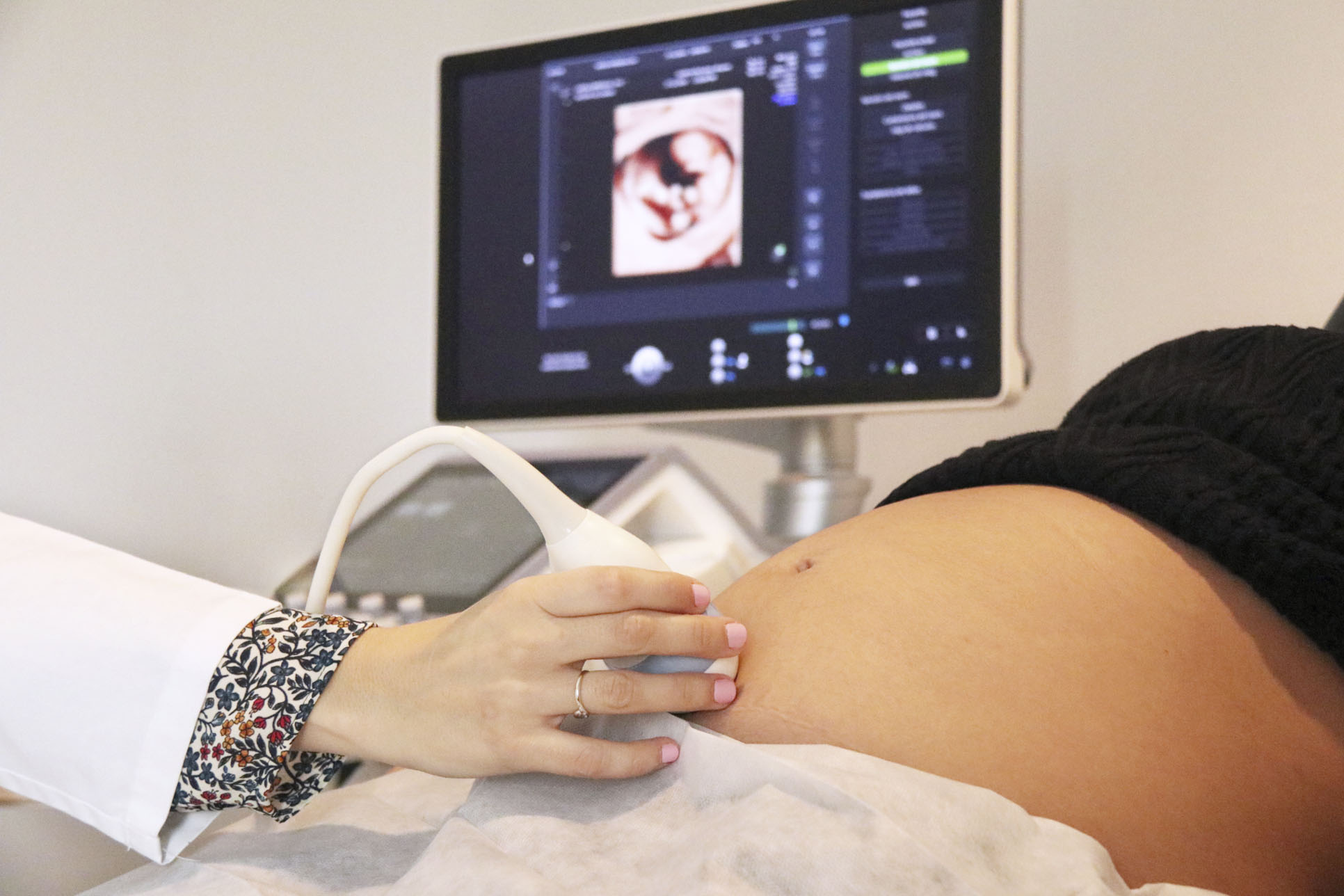Cystadenoma
A benign tumour composed of a large cyst arising from the ovarian epithelium with glandular secretions inside.
Diagnosis of an adnexal tumour is one of the most common findings during routine clinical practice. 85% of tumours are benign and they occur most frequently between the ages of 20 and 44 years.
A cystadenoma is a benign tumour that arises from the surface epithelium of the ovary.
To the naked eye, it is a tumour filled with a serum-like liquid, it has a smooth outer surface and protruding blood vessels. Their size can vary from a few centimetres to large masses with thin walls. They can sometimes be bilateral.
There are not generally any associated symptoms and they are slow-growing. As a result, they are generally detected in routine gynaecological checks (more information on gynaecological check-ups). The intensity of treatment will depend on size, histological aspects and whether or not complications arise (pain in the abdomen, increases in abdominal girth, pressure symptoms such as breathlessness if the tumour is very large or hormone secretion symptoms).
The main steps for correct diagnosis are: pelvic examination, transvaginal ultrasound (and other image-based tests) and tumour marker analysis tests. However, a firm diagnosis may only be given based on pathological examination (following removal).
Treatment is determined taking into account age, analytical criteria on benignity and the size of the tumour. Laparoscopic surgery and a cystectomy are preferred and the tendency is to be very conservative. Invasive surgery is only recommendable in postmenopausal women who no longer have periods (more information on our Laparoscopy unit).
